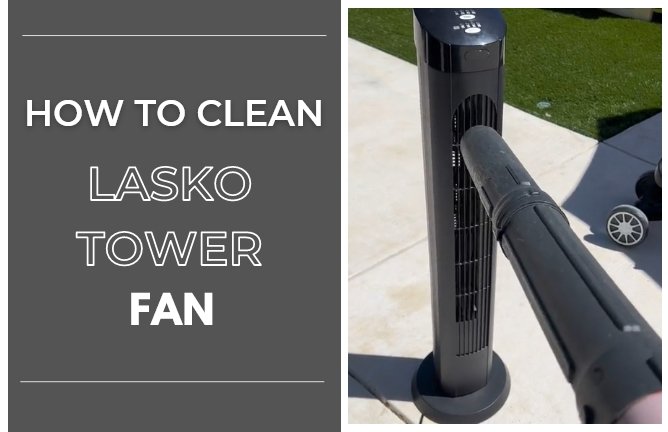This guide on how to read Neptune water meters may help you if you want to check if you are being billed with the right amount for your exact water usage. By reading your own water meter, you will be able to verify your accounts’ billings.
Before you check the water meters, remember the tool is sensitive to light, so a flashlight and be ready to do some inspections to preserve resources and save you money.

How to Read a Neptune Water Meter in Cubic Feet
Here are five steps on how to read Neptune water meters by yourself :
- Direct your flashlight to the water meters and target the light to the grid bars that look like solar cells.
- Read and take notes of the numbers displayed on the LCD. The numbers are your billing units. Write the full numbers starting from the left, ignoring the zeroes.
- To find out your water usage, subtract the prior reading from the later reading. Then to arrive at the total in a cubic foot, multiply the figures of units by 100. For example: if the prior reading is 2,542 and the later reading is 2,803, then the subtraction is 261. Multiply 261 by 100. Then you will get the number in cubic feet, which is 26,100.
- Ignore the flow rate figure, which is the number that appears every six seconds on the screen. It cannot be used for actual usage reading in a cubic foot.
- The last step in reading Neptune water meters is to check whether the water faucet icon is flashing on the top left area of numbers. If it does flash, then there is a potential of a leak.
How to Read Neptune Water Meter T-10
The current AWWA C700 Standard is met or exceeded by every T-10 water meter. Since 1892, its positive displacement nutating disc principle has been time-proven for accuracy and durability, ensuring maximum utility revenue.
A register, a lead-free, high-copper alloy main case, and a nutating disc measurement chamber are the three major components of the T-10 water meter. A variety of register types are available for the T-10 meter. The register can be positioned on the meter in four locations for easy reading.
Internal water pressure, hard handling, and in-line piping stress will not be a problem for the corrosion-resistant, lead-free, high-copper alloy main case.
Below is the step by step guide on how to read a Neptune T-10 water meter gallons :
- Locate your water meter box. It is typically placed in the front yard of your property next to the street.
- Open the water meter box using the hole in the box lid.
- Lift the lid. The light sensor will be activated, and the numbers will show up on the meters’ LCD.
- Read the numbers. Start from the left: the first four numbers are the water usage of yours. They are either shown in cubic feet of units.
- Read the water meters for two consecutive days to determine the daily water usage. Then calculate the difference between the days to figure out the amount of usage.
This water meter reading can be used to indicate a potential leak. Turn off all the water sources in your house. If the water meter shows the flow number, then it is likely that the leak is happening.
The guides on how to read Neptune water meters below will help you read your own water usage without technician help. Remember that the water meter locations can vary amongst houses, such as the yard, basement, furnace room, or utility room.



